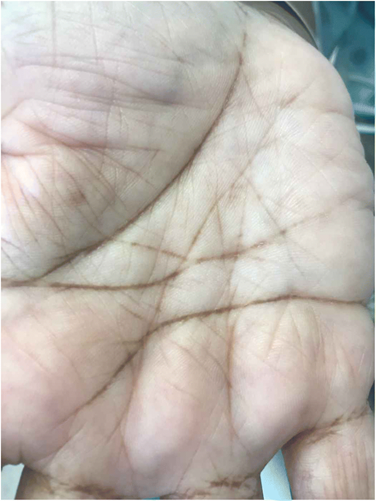A nurse is contributing to the plan of care for four clients. For which of the following clients should the nurse initiate airborne precautions?
A client who has pneumonia.
A client who has measles.
A client who has pertussis.
A client who has methicillin-resistant Staphylococcus aureus (MRSA).
The Correct Answer is B
The correct answer is choice B: A client who has measles.
Choice A rationale:
Airborne precautions are indicated for diseases that spread via small particles suspended in the air, such as droplets or dust particles that remain in the air for prolonged periods. Pneumonia is primarily spread through larger respiratory droplets and is not considered an airborne disease. Therefore, airborne precautions are not necessary for a client with pneumonia.
Choice B rationale:
Measles is a highly contagious airborne disease caused by the measles virus. It is transmitted through respiratory droplets and can remain in the air for an extended period. Initiating airborne precautions, such as wearing an N95 respirator mask and placing the client in a negative pressure isolation room, is crucial to prevent the spread of measles to healthcare workers and other patients.
Choice C rationale:
Pertussis (whooping cough) is primarily spread through respiratory droplets, similar to pneumonia. While it is a serious bacterial infection, it is not classified as an airborne disease. Thus, airborne precautions are not required for a client with pertussis.
Choice D rationale:
Methicillin-resistant Staphylococcus aureus (MRSA) is mainly spread through direct contact with contaminated surfaces or individuals. Airborne precautions are not necessary for MRSA, as it is not transmitted through the air. Standard precautions, including wearing gloves and gowns, are typically sufficient when caring for a client with MRSA.
Nursing Test Bank
Naxlex Comprehensive Predictor Exams
Related Questions
Correct Answer is C
Explanation
The correct answer is choice C. Pallor with scaly skin.
Choice A rationale:
"Heart rate 89/min." Heart rate within the range of 60-100 beats per minute is generally considered normal for adults at rest. This value doesn't specifically indicate malnourishment.
Choice B rationale:
"Pink mucous membranes." Pink mucous membranes indicate adequate oxygenation and hydration but don't necessarily reflect nutritional status or malnourishment.
Choice C rationale:
"Pallor with scaly skin." Pallor (pale skin) along with scaly skin can be indicative of malnourishment. Malnourished individuals may not receive adequate n

Choice D rationale:
"Body mass index 23." A body mass index (BMI) of 23 falls within the normal range (18.5-24.9), so it doesn't necessarily indicate malnourishment. However, BMI alone may not fully capture malnourishment, as it doesn't consider other factors like muscle mass and specific nutrient deficiencies.
Correct Answer is B
Explanation
The correct answer is choice B. "Tighten your stomach muscles.” This is because when turning an immobile client in bed, it’s important to use proper body mechanics to prevent injury. Tightening the stomach muscles helps to stabilize the core, which supports the spine and can help prevent back strain.
Choice A rationale:
"Keep your feet close together” is wrong because having a wide base of support with the feet apart provides better balance and stability when turning a client in bed.
Choice C rationale:
"Straighten your knees” is wrong because you should keep your knees slightly bent to maintain balance and allow for a smooth transfer of weight as you turn the client.
Choice D rationale:
"Bend at your waist” is wrong because bending at the waist increases the risk of a back injury. It’s important to bend the knees and keep the back straight when leaning over to turn a client.
Whether you are a student looking to ace your exams or a practicing nurse seeking to enhance your expertise , our nursing education contents will empower you with the confidence and competence to make a difference in the lives of patients and become a respected leader in the healthcare field.
Visit Naxlex, invest in your future and unlock endless possibilities with our unparalleled nursing education contents today
Report Wrong Answer on the Current Question
Do you disagree with the answer? If yes, what is your expected answer? Explain.
Kindly be descriptive with the issue you are facing.
